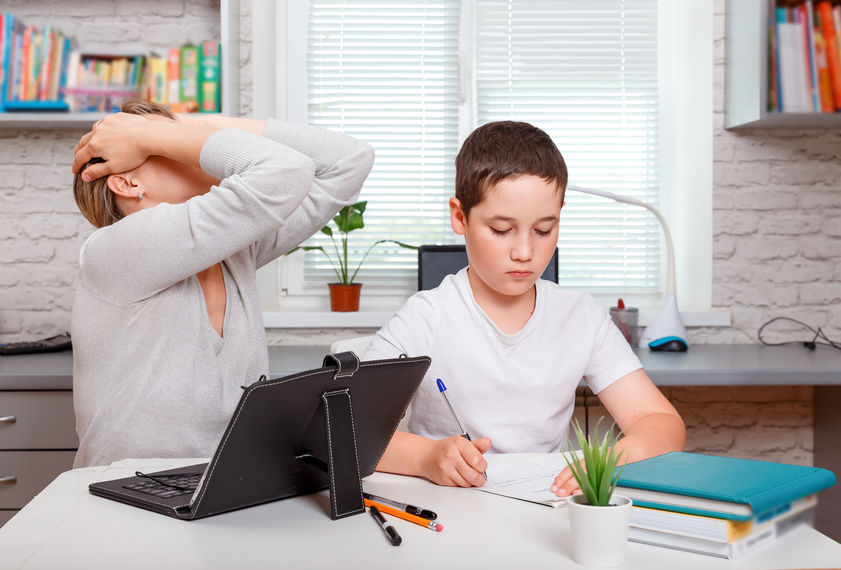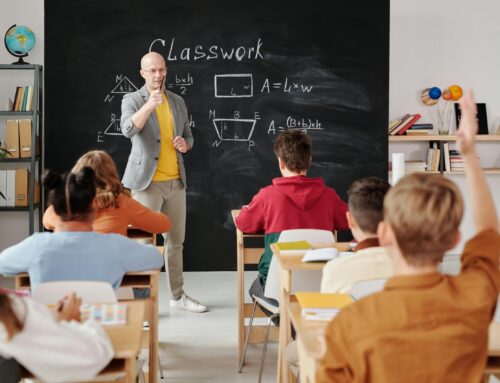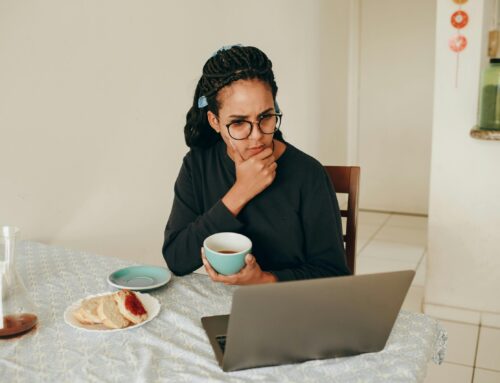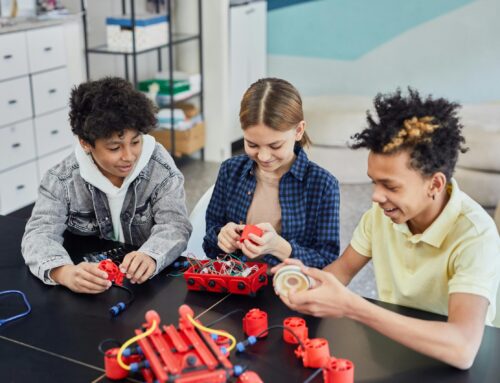“Quarantine schooling” sounds like a science fiction term, doesn’t it? But this is 2020 and anything goes! This term has come into common parlance during COVID-19 shutdowns as parents increasingly oversee their children’s education at home.
The thing about quarantine schooling is that it shares little in common with homeschooling, even in 2020 when remote learning has mushroomed.
If you’re a quarantine-schooling or homeschooling parent who isn’t sure which type of schooling is best for your child, there are a few key differences to keep in mind. Ready to find out what they are? Let’s go!
1. Quarantine schooling is regulated by the public or private school. Homeschooling is not.
Some homeschool parents research and develop their own curriculum, while others purchase a pre-arranged curriculum package. In either case, they have close control over the curriculum content. With quarantine schooling, the public or private school determines the curriculum.
We’ve met plenty of parents who have concerns over what is being taught in their child’s public or private school. That said, with homeschooling, the parents (not the government or an independent school) determine what material their child reads. This gives homeschooling parents a sense of “curriculum freedom” that quarantine schooling parents might not feel they have.
2. Quarantine schooling puts parents in the position of overseer, not director, of their child’s education.
A parent’s primary responsibility with quarantine schooling is to ensure their child is available for instruction. The child will then learn at a screen for a set amount of time—taught by a person who isn’t their parent. A quarantine-schooling parent is an observer rather than an active participant in the classroom.
In contrast, as a homeschooling parent, you are the teacher. This, of course, means you can teach your children according to your values, principles, and educational preferences. Plus, you can tailor the lessons to fit your child’s learning style (more on that ahead).
3. Quarantine-schooling parents must deal with a large virtual classroom. Homeschooling parents can give one-on-one attention.
Public school systems, in particular, tend to take a one-size-fits-all approach to education. There are going to be multiple children in each virtual classroom. Students won’t get the amount of individual attention that homeschooling parents can provide. By giving individual attention, homeschooling parents can adapt the conversations and activities according to their child’s learning style. This is perhaps the greatest advantage homeschooling has over quarantine schooling.
4. Homeschoolers have flexibility. Quarantine-schoolers do not.
With homeschooling, you dictate what your child does for the day. Want to take an impromptu field trip to the zoo or park? With homeschooling you can do that, but with quarantine schooling, you’re on the school’s schedule.
Or perhaps your child is particularly interested in mathematics one day. In that case, you have the option of spending more time than you normally would on mathematics and less time on another subject. With quarantine schooling, it’s not really going to matter if your child wants to spend more time on math—since they aren’t the only student in their class, the school must do what’s best for the collective classroom.
Wrapping up
It’s easy to understand why quarantine schooling and homeschooling are sometimes viewed as one-in-the-same, since a child is learning from home in both cases. As we’ve discussed, however, that’s about where the similarities end. It’s how the teaching occurs that makes all the difference—quarantine schooling and homeschooling diverge greatly when it comes to this. Hopefully, this post has shown you why this is the case and why both terms are not interchangeable.
Want to learn more about the benefits of homeschooling? Then we invite you to check out our podcast!
More resources
- 8 ways grandparents can help with homeschooling during coronavirus
- Self-care as a homeschool parent during the coronavirus pandemic
- Feeling demotivated as a homeschool parent? You’re not the only one
- The coronavirus pandemic makes your student’s transcript more important than ever
- For new homeschoolers: How to set up a simple learning space in your home for cheap
- 5 tips for temporarily homeschooling during the 2020-2021 school year
- 15 of the best online tools for your homeschool student during coronavirus
- How to protect your homeschool student’s mental health during the coronavirus pandemic
- 7 reasons why online learning is here to stay because of coronavirus
- Applying for college in 2020? Here’s how coronavirus could impact your plans
- How your homeschool family can avoid going stir crazy during the coronavirus crisis








Leave A Comment